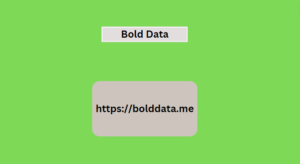|
|
Post by account_disabled on Mar 16, 2024 5:46:42 GMT -5
Original picture from the camera size . MB Compressed image size KB Do you see the difference So I dont see it either but the weight has decreased by times Various formats are used to compress images. The most common is JPG. Now it is being actively replaced by the WebP format from Google. WebP takes up less space than JPG and it also scales better. Pictures with an alpha channel transparent background are saved in PNG format. Vector images consisting of geometric shapes take up virtually no space and can be scaled indefinitely without loss of quality. They are great for graphs and charts. You can compress images either manually Bold Data one at a time using programs and web services or in batches. Many CMSs have corresponding plugins. Caching Each time a page is accessed the browser downloads all information from the server including images. When visiting a site some pages are viewed multiple times for example when comparing several similar products.  And every time all the pictures are downloaded again and again. Caching instructs the browser to save downloaded images on the local computer and when accessed again to load them not from the site but from the local cache. This speeds up page loading times. Caching always has a The time setting. After all pictures on the server may change periodically. Typically the cache lifespan ranges from several hours to a week. After this time the image will be downloaded again from the server even if there is a local copy. Preview A very common situation is that images sell the product and must. |
|